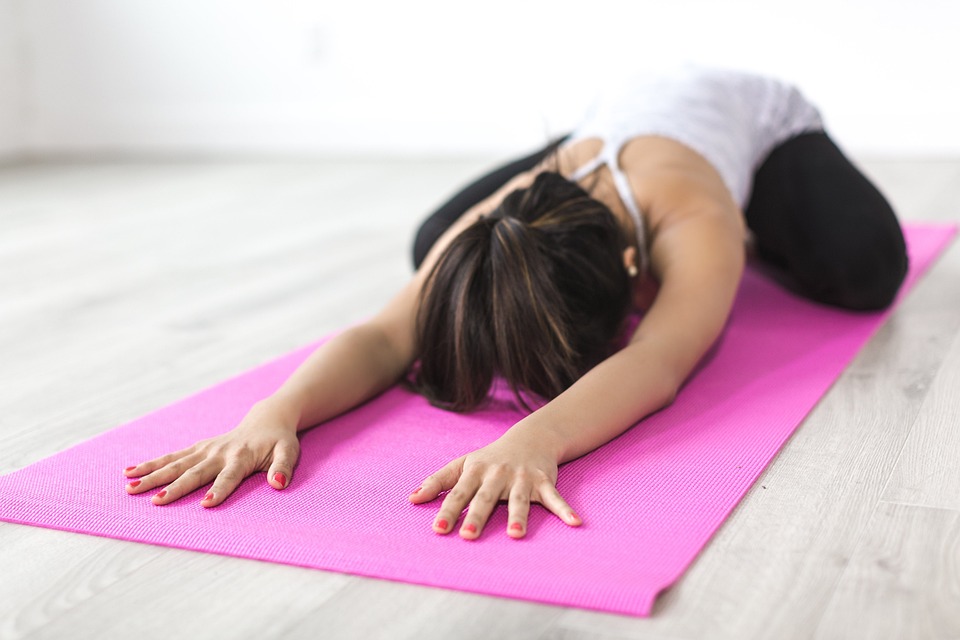The Importance of Stretching
Stretching is an essential component of any fitness routine or physical activity. Whether you’re an athlete, a fitness enthusiast, or someone looking to improve their flexibility and overall well-being, stretching offers numerous benefits. It not only helps to increase your range of motion but also improves muscle flexibility, enhances athletic performance, and reduces the risk of injuries.
The Physical Benefits
Stretching has a multitude of physical benefits. Firstly, it helps to improve flexibility by elongating the muscles and tendons, allowing for a greater range of motion. This increased flexibility can lead to better athletic performance, as it allows the muscles to work through a wider range, enabling more dynamic movements.
Regular stretching also helps to improve blood circulation to the muscles, which in turn improves muscle function and overall performance. Increased blood flow delivers essential nutrients and oxygen to the muscles, aiding in their recovery and reducing muscle soreness after exercise.
In addition, stretching promotes better posture by lengthening tight muscles that can pull the body out of alignment. Stretching the muscles in the lower back, hips, and chest can be particularly beneficial for those who spend long hours sitting in front of a desk.
The Mental Benefits
Stretching not only benefits the body but also the mind. Engaging in stretching exercises can help promote relaxation and reduce stress levels. When you stretch, your body releases endorphins, which are known as “feel-good” hormones. These endorphins help to alleviate stress and anxiety, leaving you feeling more calm and centered.
Furthermore, stretching is a great opportunity for mindfulness and self-reflection. It allows you to focus on your body, tune in to your breath, and be present in the moment. Practicing this mindfulness during stretching sessions can contribute to improved mental well-being and overall psychological health.
Best Practices for Stretching
Warm-Up Before Stretching
Before engaging in any stretching exercises, it is crucial to warm up your muscles. This can be achieved through a light aerobic activity or by performing dynamic stretches that mimic the movements you’ll be doing during your workout. Warming up increases blood flow, raises the temperature of your muscles, and prepares them for the upcoming stretching movements.
Static vs. Dynamic Stretching
There are two main types of stretching: static and dynamic stretching. Static stretching involves holding a stretch for an extended period, usually around 15-30 seconds. Dynamic stretching, on the other hand, involves moving parts of your body through a full range of motion in a controlled manner.
While both static and dynamic stretching have their benefits, dynamic stretching is generally more suitable before exercise, as it helps to improve muscle elasticity and prepares the body for the specific movements involved in your workout or activity. Static stretching is best done after exercise or during a separate stretching session to help cool down and improve overall flexibility.
Proper Form and Technique
When stretching, it is important to maintain proper form and technique to maximize the benefits and minimize the risk of injury. Avoid bouncing or jerking movements during stretches, as they can strain the muscles or lead to overstretching. Instead, aim for smooth, controlled movements and hold each stretch without pushing beyond a comfortable point.
Additionally, focus on the muscles you are stretching and avoid relying solely on momentum or other body parts to perform the stretch. This ensures that you are targeting the specific muscles intended for the stretch, allowing for a more effective and safe practice.
Consistency is Key
To reap the full benefits of stretching, it’s important to be consistent with your practice. Incorporate stretching exercises into your daily routine or at least a few times a week. Consistent stretching helps to improve overall flexibility, maintain muscle balance, and prevent muscle imbalances that can lead to injuries. A regular stretching routine also aids in reducing muscle tension, improving posture, and enhancing athletic performance over time.
Conclusion
Stretching is not only beneficial for physical fitness but also for mental well-being. Incorporating stretching into your routine can enhance flexibility, improve athletic performance, reduce the risk of injuries, promote relaxation, and contribute to overall physical and mental health. By following the best practices, such as warming up, using proper form, and being consistent in your practice, you can optimize the benefits of stretching and enjoy a healthier and more flexible body.




